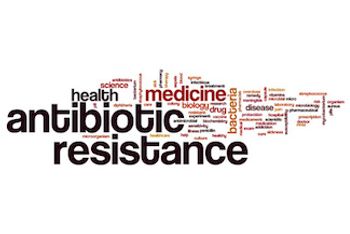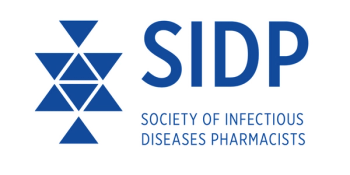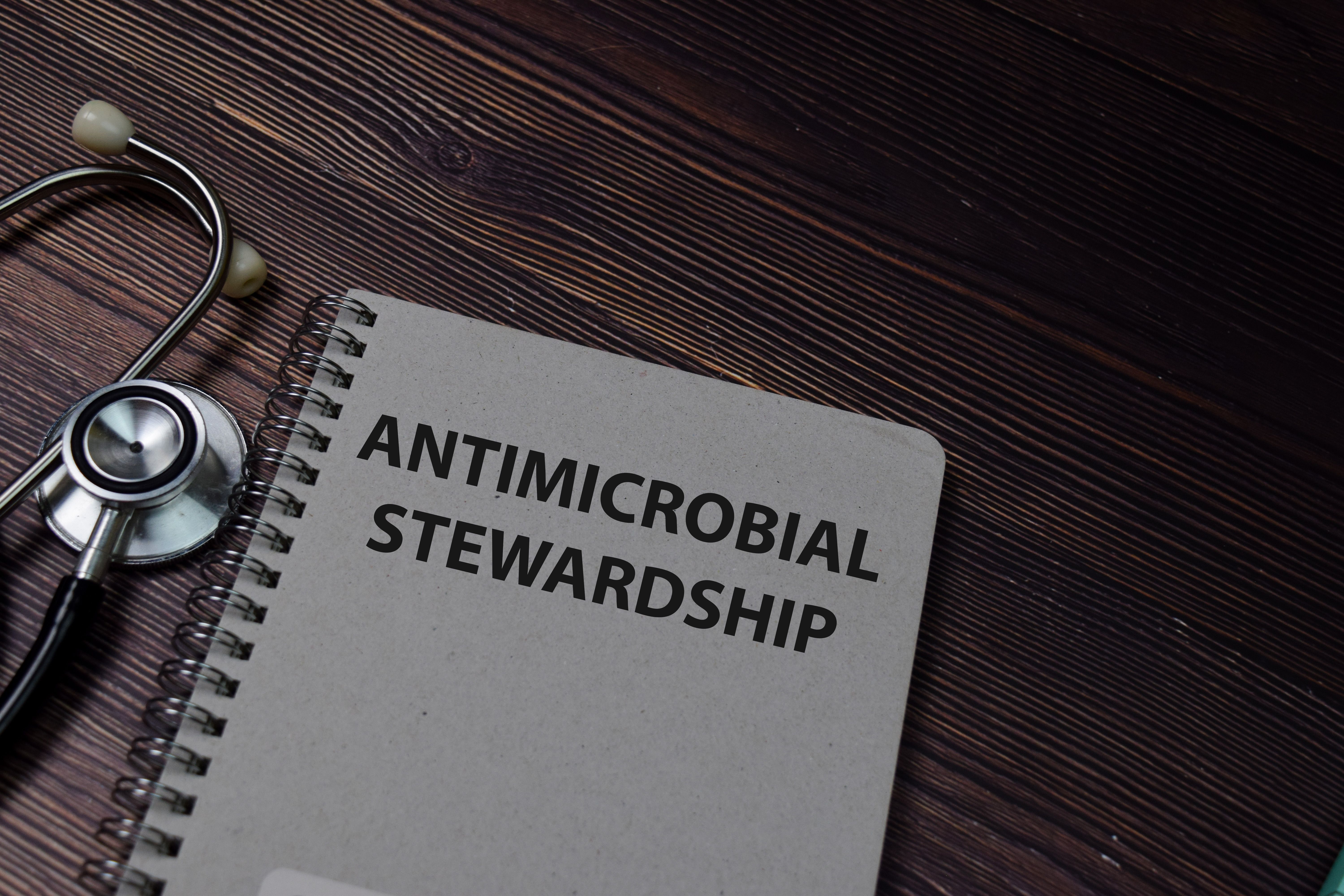
Antimicrobial Stewardship
Latest News
Latest Videos

CME Content
More News

A study demonstrated patients were frequently prescribed broad-spectrum antibiotics when more narrowly tailored antibiotics were considered the optimal choice.

A third to a half of PPIs are overprescribed, potentially leading to an increased risk of the colonization with drug-resistant microorganisms.

This study analyzed concerns that a lack of time may lead primary care physicians to prescribe unnecessarily as a “quick fix.”

The congressional bill has been on Capitol Hill for over 2 years now, and the interested stakeholders are continuing their lobbying efforts to get it passed.

Antimicrobial stewardship programs can protect drugs listed on the WHO Watch List, but the benefits are also dependent on countries' income level.

An increase in extensively drug-resistant Shigella infections prompted the CDC to release a health advisory for this major cause of bacterial diarrhea.

Although fecal microbiota, live-jslm (Rebyota; RBX2660) is the first fecal microbiota product approved by the FDA, there are other microbiota-based agents in the pipeline.

Both undertreatment and overtreatment were common in this cohort of penicillin-allergic pregnant women with Group B Streptococcus (GBS).

Linezolid Coadministration With Medications for Opioid Use Disorder: A Serotonin Toxicity Tightrope?
This study characterized the incidence of serotonin syndrome and identified contributing risk factors with combined medications for opioid use disorder (MOUD) and linezolid use.

Six respiratory infections are among the most common diagnoses for which antibiotics often are inappropriately prescribed, and new research sheds light on the effects, both in increased risk of adverse events and excess health care costs.

Antibiotics are apparently not the only widely used pharmaceuticals that can induce emergence of treatment resistant bacteria.

Looking to appeal to the financial incentives of antibiotic development, a recent policy paper explores how lives can be saved and a return of investment (ROI) can be realized.

Patients treated with SER-109 reported a significant improvement in disease-specific health-related quality-of-life, regardless of their clinical outcome.

The investigational therapy developed by Entasis is indicated for treatment of Acinetobacter baumannii.

An analysis of the actions taken to combat antimicrobial resistance in 114 countries finds national action plans easier to develop than to implement.

It's Friday the 13th, but you can counteract bad luck by catching up on this week's top infectious disease news.

It's your day, pharmacists! Here's a roundup of our top 5 stories by infectious disease pharmacists, for infectious disease pharmacists.

In the latest SIDP column, two clinicians provide information on recent studies and guidelines directed at antibiotic durations in this patient population.

Cefepimetaniborbactam may represent a safe and effective carbapenemsparing agent in cUTI and AP, whereas ridinilazole may play an important role in treating CDI.

This study was one of the largest to address the use of IV ceftriaxone in the context of MSSA bacteremia compared with cefazolin.

Telemedicine use is likely to continue expanding even as the COVID-19 pandemic slowly resolves.

In this mini-podcast, infectious diseases clinical pharmacy specialist Bruce M. Jones, PharmD, FIDSA, BCPS, breaks down the �“very straightforward criteria” he uses to decide whether a skin and soft tissue infection (SSTI) patient should be inpatient or outpatient.

In this podcast episode, Christian Sandrock, MD, MPH, FCCP, describes the need to make significant progress in antimicrobial stewardship.

It was a week marked by significant FDA decisions and COVID-19 treatment updates.

Ferring Chief Scientific Officer Dr. Elizabeth Garner explains the FDA approval of recurrent C diff treatment RBX2660 provides more than a treatment option, it’s a promise of safety and standardization.


















































































































































































































































































